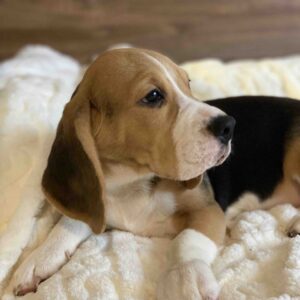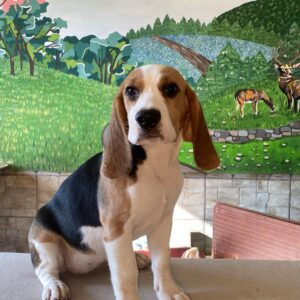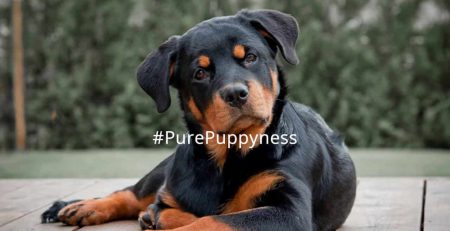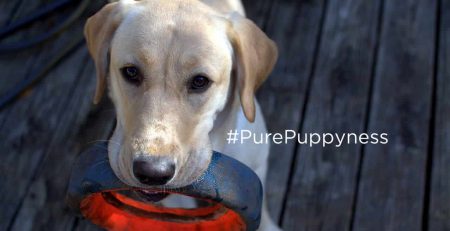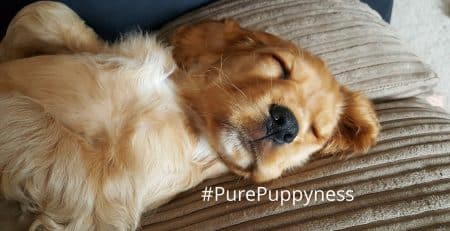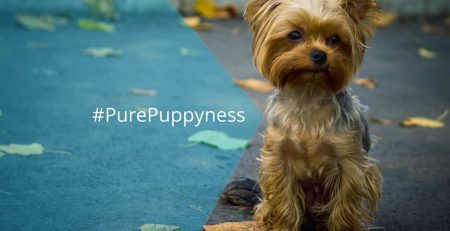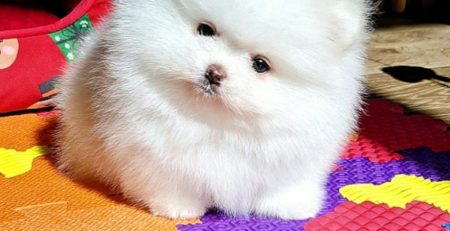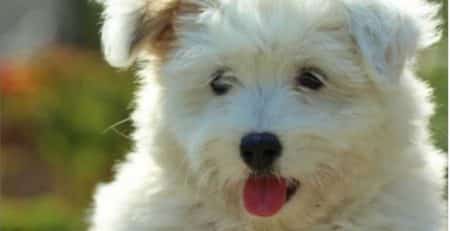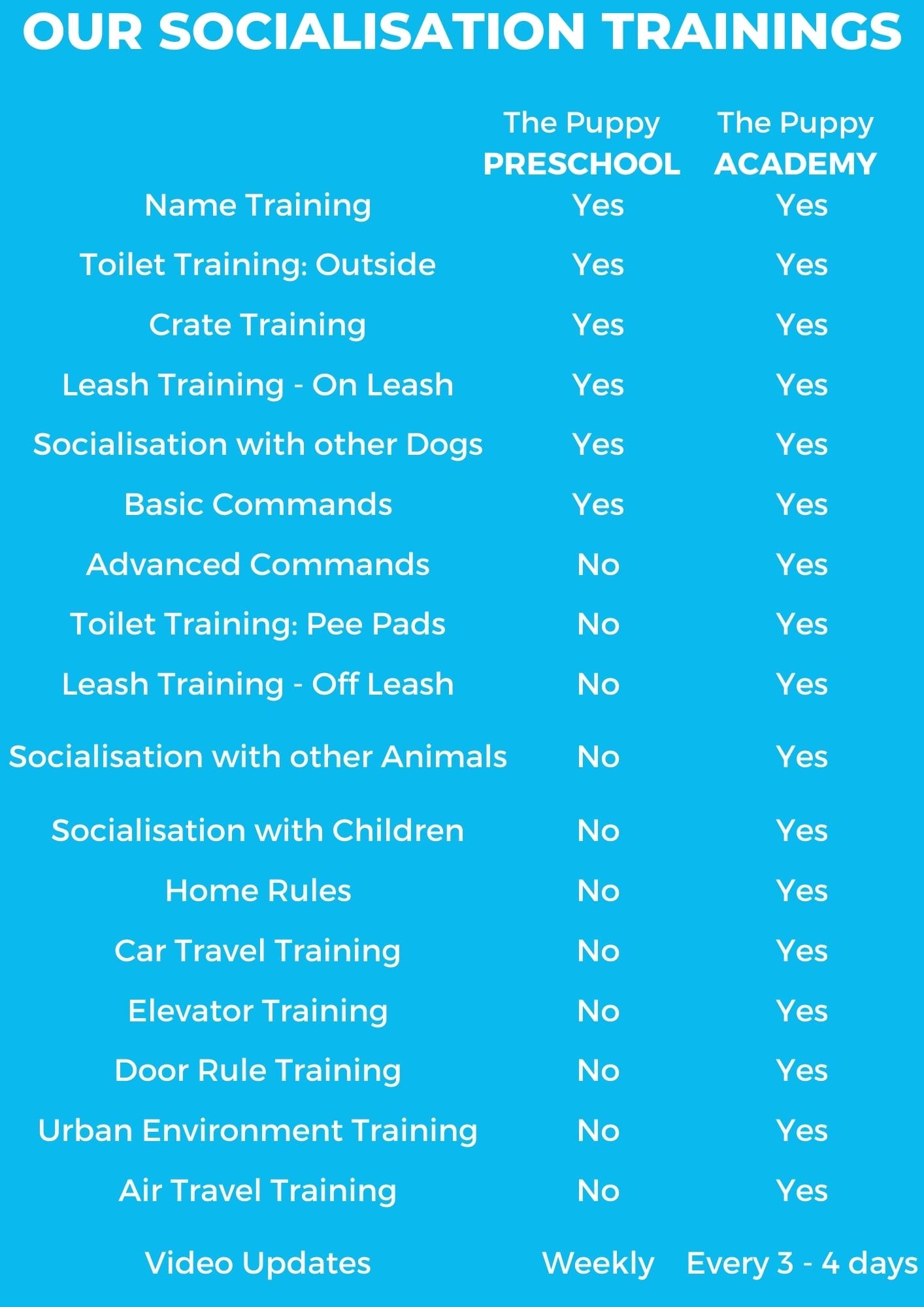The History of Beagle | Tricolored Friend
What do Charles Darwin’s ship, a brand of beer, and a crater on the Planet Mars have in common? They are all called Beagle, just like the dog for today’s history blog.
It’s uncertain where the name Beagle comes from, though some believe it comes the French word “beugler”, meaning “to bellow” – probably a reference to the dogs’ characteristic baying and howling.
Toby – male Beagle puppy

The Beagle is a small dog breed, typically tricoloured with patches of black, brown, and white, with floppy ears and soulful eyes. The Beagle’s ancestors may have been dogs from as far back as the 5th century BC. The Ancient Greek writer Xenophon mentioned similar hounds in his writing. Although quite unlike the modern dogs, as they tended to be very small and have more pointed noses, Beagles thrived in Medieval and Renaissance England, where they were prized hunting dogs. When the Foxhound was developed in the 1700s, the much smaller Beagle fell out of favour, and almost died out. Fortunately, farmers in Britain and Ireland kept Beagles for hunting hares and rabbits, which probably saved the breed from extinction.
The mid-1800s saw a rising interest in dog breeding. In England, Reverend Phillip Honeywood and Thomas Johnson both bred their own Beagle packs. Honeywood focused more on hunting ability, and Johnson bred both for looks and ability. Across the Atlantic, American breeders also began breeding Beagles, though they tended to breed small dogs better for rabbit hunting. Eventually this led to the development of the modern Beagle: a medium sized and handsome dog.
Beagle puppies
Modern Beagles have short fur, and a rounded head, with large eyes that many people describe as soulful. Personality-wise, most Beagles are very playful and friendly, especially with children. Beagles are generally quite healthy dogs, but may suffer from some hereditary problems. These include hip dysplasia, ear infections (linked to their long ears), and thyroid problems. Some Beagles also “reverse sneeze”: a condition where the dog makes a choking noise, which is simply the sound of dog breathing in through its mouth and nose. This is not harmful to the dog, but may alarm an unsuspecting first-time Beagle parent. Beagles often have a large appetite for their size. A good long walk will help to keep them in good condition.
Beagles as hunting dogs
They make fanastic pets for an owner who is willing to work with their needs and habits – and as hunting dogs. Beagles have some interesting habits. They have a keen sense of smell, a strong desire to roam, and are good diggers and surprisingly good climbers. A Beagle that catches the scent of something interesting will happily follow the scent trail and wander off to investigate, ignoring fences, roads, and even their owners’ calls. Beagle owners should never leave their dogs unsupervised or off the leash, in order to keep them out of trouble.
Some Beagles will also may a howling, baying, or barking sound when they are frustrated or when they smell something interesting. A Beagle left outside in the garden will almost certainly begin baying or howling. They usually prefer to be around people.
They can also be stubborn, though this is mostly because they usually have very independent characters and like to think for themselves. With a little patience and consistent training, it should be possible to train your Beagle to be a model doggy citizen.

